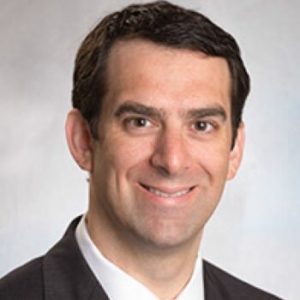
History records that the first journal club was started by Sir William Osler, MD, at McGill University in the late 19th century, though Sir James Paget referred to journal club–like groups even earlier in England.
Explore This Issue
ACEP Now: Vol 34 – No 01– January 2015Similarly, no one person can claim credit for creating the online journal club, but it is an idea that’s time has come and that took off in 2014 thanks in large part to Michelle Lin, MD, associate professor of emergency medicine at the University of California San Francisco San Francisco General Hospital, and Ken Milne, MD, chief of emergency medicine and chief of staff at South Huron Hospital, Ontario, Canada. Each has partnered their free open-access medical education (FOAM, #FOAMed) platforms with major emergency medicine academic journals.
FOAM takes the academic tradition of the journal club to the next level by including the interactive participation of the lead authors of the papers themselves. This gives learners and educators all over the world access to the minds behind the papers and allows a level of conversation and discourse that Dr. Osler and Dr. Paget could never have imagined possible. It’s another example of the promise of FOAM and the genuine advantages it can provide.
And the key to the success of this is the social component of social media. Anyone can attend from anywhere and participate in a number of different ways. Unlike traditional journal clubs, online journal clubs unfold in several venues and platforms over several days, not one hour in a conference room. Talking about important papers is cool, very 20th century. Talking about papers with the authors themselves is extremely cool, very 21st century.
This year, Dr. Lin’s (@M_Lin) popular blog, Academic Life in Emergency Medicine (ALiEM), began a partnership with the Annals of Emergency Medicine to take the journal club component of Annals online. It’s called the Global EM Journal Club, hosted by ALiEM and the Annals of Emergency Medicine.
Here’s how it works: An article featured in the print edition of the successful Annals of Emergency Medicine Journal Club (celebrating its 40th year) is chosen and promoted on the ALiEM blog, Twitter, Facebook, and Google+. Links to the article and other relevant articles/FOAM posts are provided. Then, over a several day period, anyone can comment on the article on any of these platforms (using the hashtag #ALiEMJC on Twitter).
So far, the journal club has hosted hangouts where the likes of Jeffrey Kline, MD (age-adjusted D-dimer); Ian Stiell, MD, MSc; Jeff Perry, MD, MSc (clinical decision rule for subarachnoid hemorrhage); and others have been happily placed in the hot seat.
After several days of remarkably thoughtful and nuanced posts, the climax of the journal club is a live video Google Hangout with the authors of the paper. The authors are joined by an all-star panel of EM providers, and they discuss the Annals study questions, incorporating the online comments posted in the last few days. These hangouts are recorded and posted online so anyone can access them at any time. So far, the journal club has hosted hangouts where the likes of Jeffrey Kline, MD (age-adjusted D-dimer); Ian Stiell, MD, MSc; Jeff Perry, MD, MSc (clinical decision rule for subarachnoid hemorrhage); and others have been happily placed in the hot seat.
Pages: 1 2 | Single Page






No Responses to “Rise of the Free Open Access Medical Education Online Journal Club”